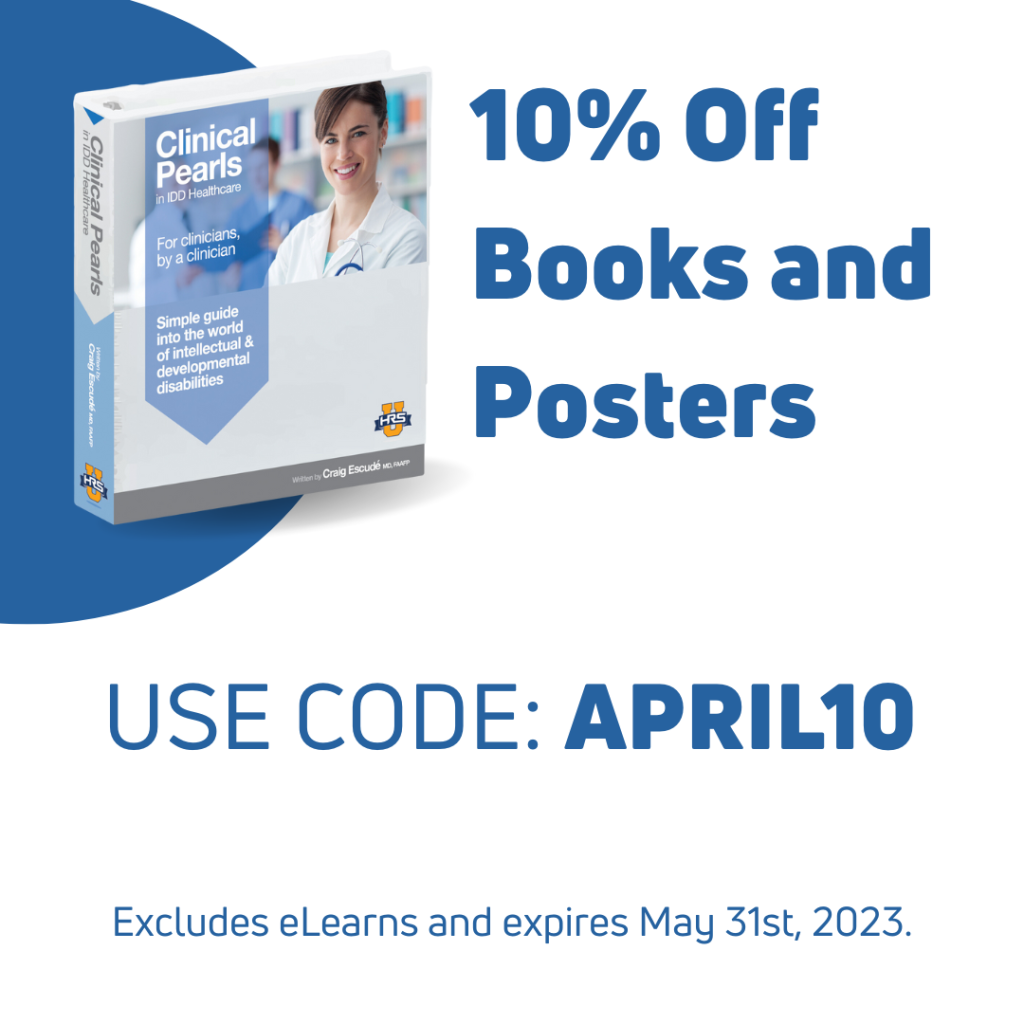Down Syndrome
Down Syndrome, or Trisomy 21, is a genetic disorder and because it causes some classic external features, particularly noticeable in the face, it is recognized easily. I’m sure everyone who is reading this knows someone, has met or will meet someone with Trisomy 21 in their lifetime. Are they different? Sure! Are you different? You bet! Do you want to be an exact replica of everyone else? Nope (or at least I hope not)! John Langdon Down was an English physician who ascribed the characteristics of the syndrome in 1866. It had been recognized previously, but no other physician had specified it as a distinct syndrome. In 1959, Jérôme Lejeune, a French physician identified it as a genetic disorder.
Every person has 23 pairs of chromosomes equaling 46 in total. Individuals with Down Syndrome have three #21 chromosomes so they have a total of 47. There are also three different kinds of Down Syndrome and there is not enough time or room to discuss them here. The extra chromosome can come from the mother or the father. The only known factor linked with an increase in risk of Down Syndrome is maternal age. The older the mother, the higher the incidence of the fetus having Down Syndrome.
There are about 6,000 children born per year with Down Syndrome and everyone is different in their abilities. Intellectual disability can range from mild to severe. Regardless of their intellectual abilities, they all have a set of characteristic facial features. Some of the features are slightly slanting eyes, flattened facial features, small or misshapen ears and a small head with a short neck. Other features may include a single crease across the palm of the hand, short stature and poor muscle tone. There may also be increased incidence of heart defects and hypothyroidism. As they age, celiac disease is more common as is gastroesophageal reflux disease (GERD).
There are about 6,000 children born per year with Down Syndrome and everyone is different in their abilities.
One of the bigger concerns with aging in a person diagnosed with Down Syndrome is early onset Dementia of the Alzheimer’s Type (DAT). The frequency ranges all over the board, depending on the source, from 50% to nearly 100%. Symptoms may be seen as early as age 35, but are typically seen in the mid 40’s to 50’s. DAT is caused by plaques and tangles in the brain caused by amyloid protein. Unfortunately, one of the genes on chromosome 21 codes amyloid protein. This means that the person with Down Syndrome has 3 genes working to code that particular protein. Early symptoms may be irritability, withdrawal, loss of previously gained skills and changes in behavior. The point is to be aware of the possibility and observe closely for early signs. As individuals with intellectual disabilities are living longer this may become a new health dynamic in the field of IDD.
Just remember to celebrate the differences in everyone we meet. Be vigilant in knowing what conditions a person with Down Syndrome may experience and seek early treatment when symptoms are noted or behavior changes.

